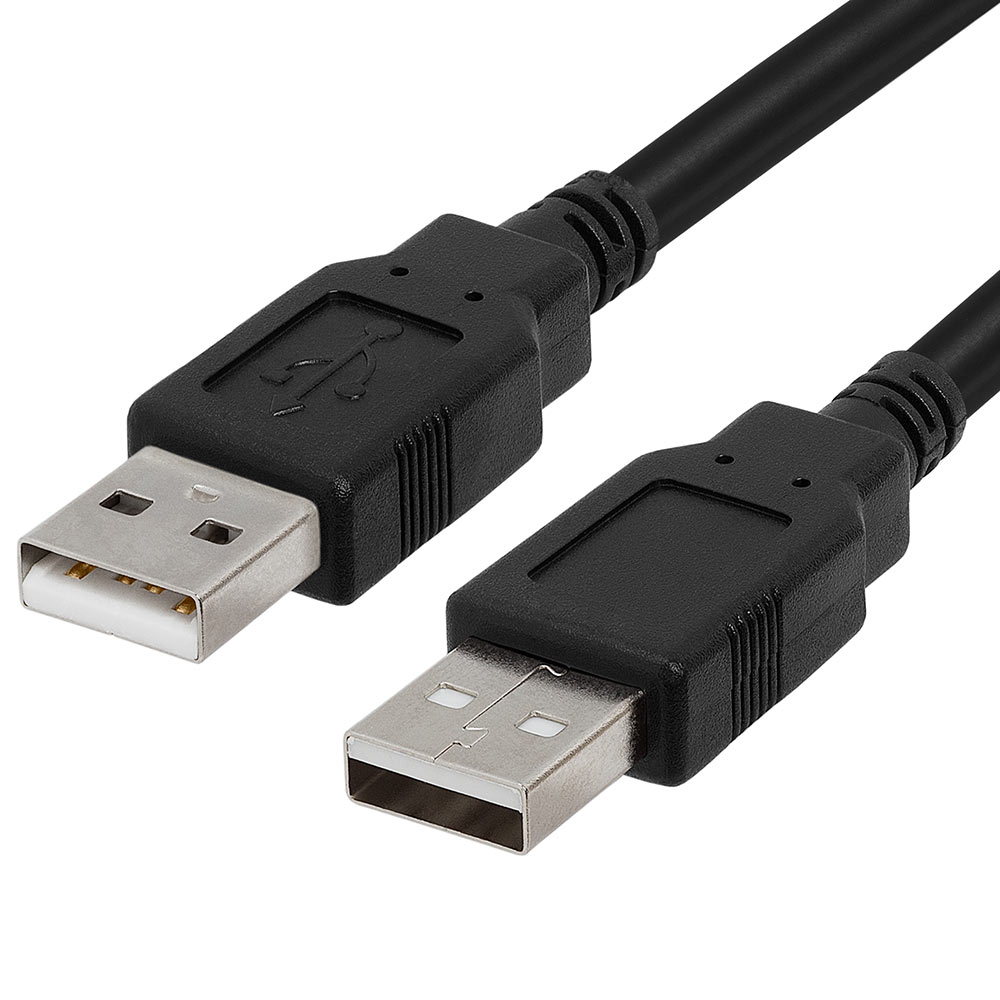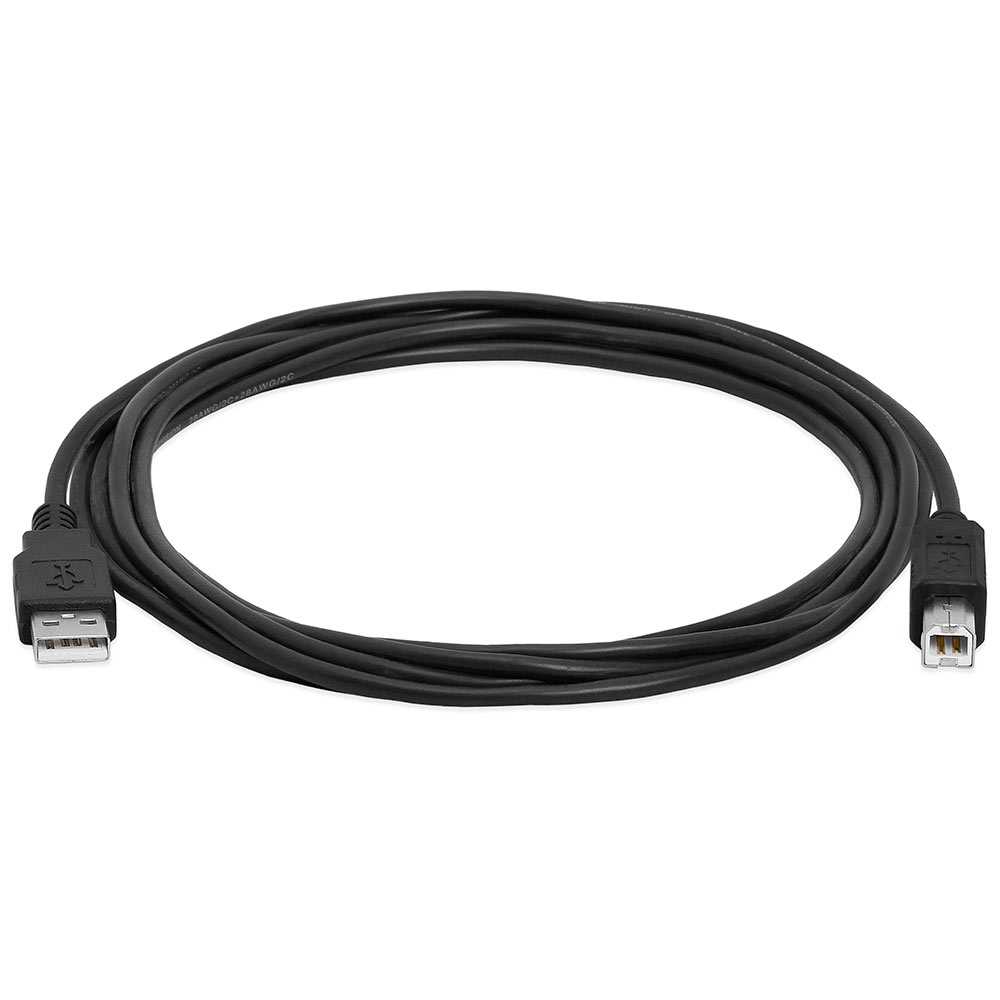USB Cables for Networks
Universal Serial Bus (USB) ports, cables and connectors are used extensively. During the 1990s, USB was developed as an industry standard for communication, power supply and connection between different electronic devices and computers.
It was designed so that different computer peripheral devices such as digital cameras, printers, disk drives, portable media players, keyboards, network adapters and various pointing devices could easily communicate with the computer through one standard outlet. New devices like smart phones, video game consoles and PDAs are also connected using these cables.
History
In 1994 Microsoft, Intel, IBM, NEC, Nortel, DEC and Compaq came together to develop a device that would make it easier to connect different devices to personal computers and replace the many different connectors found at the back of all PCs. The companies formed a group that addressed to one of the most pressing problems: simplifying software configuration and the usability issues that troubled the existing interfaces.
The first USB was introduced in 1996, a year after the supporting integrated circuits were produced by Intel. The data transferred at a rate of either 1.5 Mbps or 12 Mbps. It was not until 1998 that the USB was widely used. This was version 1.1 where the low speed 1.5 Mbps USB was reserved for low data rate devices like joysticks and the 12 Mbps version was used for high speed devices like disk drives.
Other versions like USB 2.0 and 3.0 were released subsequently in 2000 and 2010 respectively. There were not many changes except that both versions allowed higher speed for data transfer with the latest version offering a higher speed bus that runs parallel to the 2.0 USB bus.
USB Design
The design structure of the USB follows an asymmetrical composition. It consists of a host, multiple peripheral devices and a downstream of USB ports in a star topology that is tiered. The tier levels can go up to five depending on the number of additional USB hubs that are added to the tree structure.
One USB host can house many host controllers with each host in turn providing one or more USB ports. It is possible to connect around 127 devices to a single host controller. Different USB devices are connected together through hubs placed in a series. The host controller consists of one hub which is known as the root hub.
It is possible for a single USB device to have more than one logical sub-device. This is usually called device functions where one device can provide many different functions. For example, one device can be used for video and audio output at the same time (like a webcam with an in-built microphone). These devices are known as composite devices.
The communication of the device depends on logical channels known as pipes. Pipes are connections to the logical entity from the host controller of the device and are known as the endpoint. There can be 32 endpoints in a USB device though most devices usually do not have all 32 endpoints. Though the number of pipes can be changed according to the use, the endpoints are placed by the manufacturer and are not as arbitrary as the pipes.
There are two basic types of pipes: message and stream pipes. A stream pipe is a one-directional pipe that is connected with a one-directional endpoint that uses interrupt, bulk or isochronous transfer modes to transfer data. Control transfer is done using a two-way message pipe. These pipes are used typically when there is need to transfer simple and short commands to the device.
Device Classes
There are 19 classes in which USBs are divided. Each class defines the functionality of the USB device that corresponds to the USB host allowing the related software driver to load with ease. This allows the host to support different devices from many different manufacturers.
Usually the USB devices are used for storage purposes. Initially, the storage device was to replace traditional magnetic and optical devices, but was afterward extended to support a wide range of devices. You can easily remove the device and install it when you need without rebooting the computer every time and is therefore popular for many different mobile devices.
USB Cables
USB cables were designed as standards that can help connect different devices with just one type of cable. There are two connectors in each cable: plug and receptacle. The plug is the connector that is attached to the cable where as the receptacle is attached to the device or the host. It is important that the connectors are used properly or else the cable will not function as intended.
To prevent any insertion errors, the cable is manufactured in a way that makes it impossible. The connectors cannot be connected in the upside down fashion. The specifications of the USB state that the USB icon embossed on the connector should be on the topside.
Insertion and removal of the cable requires minimal force. You do not need to apply any extra pressure, screws, or clips for the grip. The receptacle of the cable holds the devices with ease. Therefore you do not have to worry about the placement of the devices.
The cables are designed to be durable. Unlike other earlier connector types, the cables with USB connectors re-used with much less care and do not break or bend that easily. The cables are easily compatible and can be used for different devices.
There are different types of connectors available. The cables have gone through some modernization and now there are a few charging cables that just provide power connections and no data transfer takes place. This allows any USB device to be charged with the use of the cable.
The USB data cables use twisted pair technology to help reduce crosstalk and noise during the transfer of data. The data is transferred in packets allowing data to travel quickly through the cable. It is usually preferred that the USB cable does not exceed the length of 5 meters to avoid delays in the transfer of data from one end to another.
More information about USB features and specifications cab be found on USB.ORG





